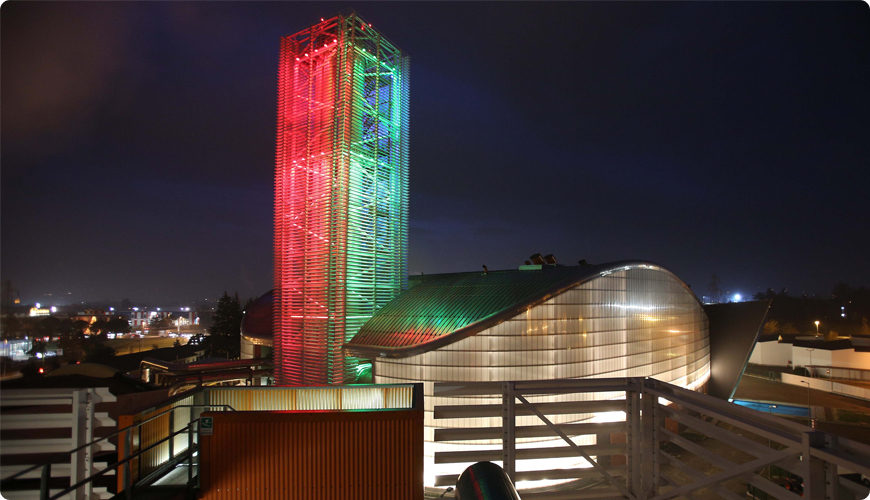Hera Luce - Smart City- Hera Group
Hera Luce has embraced the model of the Smart Sustainable City
- Group
- Innovation
- Smart City
- Hera Luce illuminates smart, sustainable cities

Hera Luce is the public lighting company of the Hera Group. It manages lighting systems for over 200 municipalities in 11 Italian regions, for a total of over 600,000 light points: a figure that places it at the top of the list of national operators in the sector.
Hera Luce is a benefit company. In fact, it is one of the first public lighting companies in Italy to have included the commitment to produce benefits for its stakeholders in its bylaws.
The objectives of Hera Luce
The primary objective is that of working alongside cities to design and propose concrete solutions in terms of respect for the environment, circular economy, safety and quality of life, with the goals of the UN’s 2030 Agenda and European decarbonisation policies as guidelines, working towards the model of the Smart Sustainable City.
Its projects are developed according to the guidelines of energy efficiency, use of existing infrastructure and the recovery of all components of the public lighting system.
The focus on achieving results also relates to the technological development of the city with smart solutions for intelligent traffic management, Wi-Fi networks, video surveillance systems and charging stations for electric vehicles.
The material balance tool
Hera Luce is the first benefit company in Italy to have developed a certified tool to measure the circularity rate of the materials used in public lighting upgrade projects. This way it’s possible to calculate how many materials can be recovered at the end of the life cycle of the systems built. This tool is designed to achieve the following objectives:
- Contribute to the prosperity of local communities by creating sustainable, resilient, innovative urban development models capable of promoting historical and cultural heritage.
- Pursue carbon neutrality with projects aimed at energy efficiency and the transition to alternative sources.
- Guide the transition to a circular economy model by measuring the circularity of public lighting systems.
